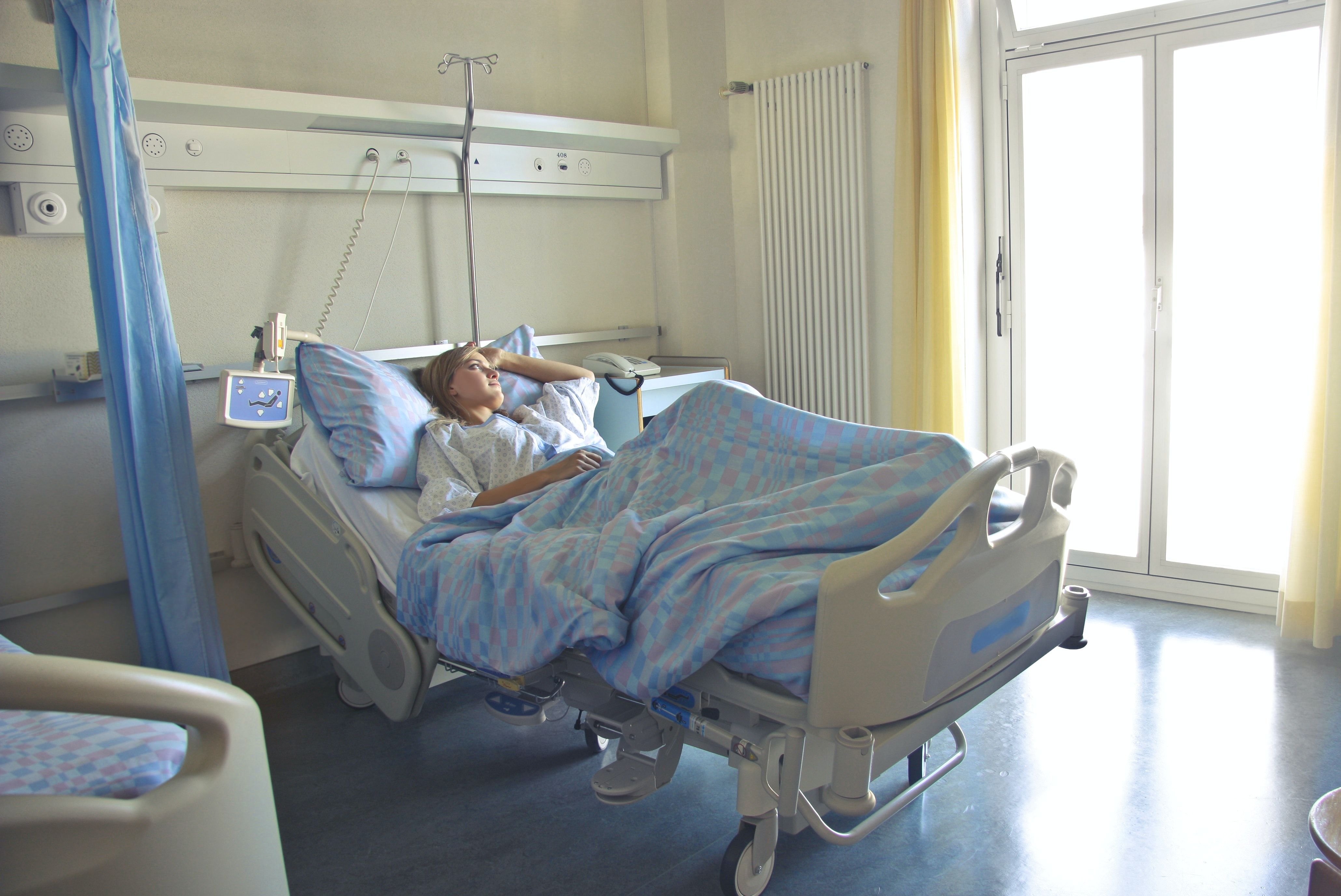Average Time-to-Antibiotics Decreased for Veterans Hospitalized with Sepsis
A recent study examining trends in time-to-antibiotics among veterans hospitalized with sepsis found that patients received antibiotics faster over time.

The amount of time before veterans hospitalized with sepsis receive antibiotics declined in recent years, but varied significantly between VA hospitals, a recent study found.
The study, published in JAMA Network Open, included 111,385 hospitalizations for sepsis at 130 VA hospitals from 2013 to 2018. The primary outcome was time-to-antibiotics across study periods, hospitals and patient subgroups based on presenting temperature and blood pressure.
“We found that overall, patients with sepsis are receiving antibiotics faster over time. However, the timing of antibiotics varied between hospitals, even after accounting for differences in patient characteristics,” lead author Max Wayne, MD, fellow in pulmonary and critical care medicine at the University of Michigan, told Contagion.
The vast majority (96.6%) of the patients were men, the average age was 68, and most common comorbid conditions included acute kidney dysfunction, elevated lactate and thrombocytopenia. Most patients (68.7%) received their first dose of antibiotics in the emergency department. A total of 7574 patients (6.8%) died in the hospital, and longer time-to-antibiotics was associated with higher in-hospital mortality. A total of 13,855 patients (12.4%) died within 30 days of discharge.
The median time-to-antibiotics (adjusted for patient characteristics) declined by 9 minutes per calendar year but varied significantly between hospitals, with average time-to-antibiotics in the most recent time period ranging from 3.1 hours to 6.7 hours.
Overall, the unadjusted median time-to-antibiotics decreased from 4.5 hours in the first year of the study to 3.5 hours in the most recent year.
All patient subgroups saw similar temporal trends in time-to-antibiotics. Bigger differences were noted between hospitals, with those with the slowest time-to-antibiotics seeing the biggest decrease over time (16.6 minutes per year) and those with the fastest times decreasing by 7.2 minutes per year.
For patients in hospitals with faster time-to-antibiotics, the odds of receiving antibiotics within 3 hours increase by 65%.
Median time-to-antibiotics during the most recent year of the study (3.9 hours) varied depending on presenting characteristics.
“The paper really focused on hospital level trends over time,” Wayne said. “However, in the supplement, we looked at patient factors and we found that fever seemed to be a stronger driver of rapid antibiotics than low blood pressure.”
Patients with fever and hypotension saw the fastest median time-to-antibiotics (2.4 hours), followed by those with fever and normal blood pressure (2.9 hours), those without fever and with hypotension (3.6 hours) and those without fever and with normal blood pressure 4.3 hours).
“Our findings suggest that patients with more obvious signs of infection get antibiotics faster,” Wayne said. “However, it is important to be cognizant that some patients with subtle findings can nonetheless still be very sick due to infection and warrant early antibiotics.”
Fast administration of antibiotics has been associated with improved survival in previous studies, with growing attention on the importance of timely treatment.
A recent study showed that artificial intelligence-based alerts led to faster administration of antibiotics among septic patients and reduced the duration of hospitalization.
Still, risks of overtreatment should be weighed.
“Next steps are to better characterize the trade-offs of incentivizing early antibiotics, realizing that there may be harm associated with this in the form of patient side effects, downstream infections, and antibiotic resistance,” Wayne said. “We also are aiming to better understand consequences of providing antibiotics for patients who are ultimately determined to have a noninfectious illness.”
In 2015, the Centers for Medicare and Medicaid Services implemented a core measure sepsis bundle, including initiating broad-spectrum antibiotics within 3 hours of diagnosis. A study published last year found that the program was associated with increases in use of broad-spectrum antibiotics and suggested audits to ensure appropriate antibiotic de-escalation.
